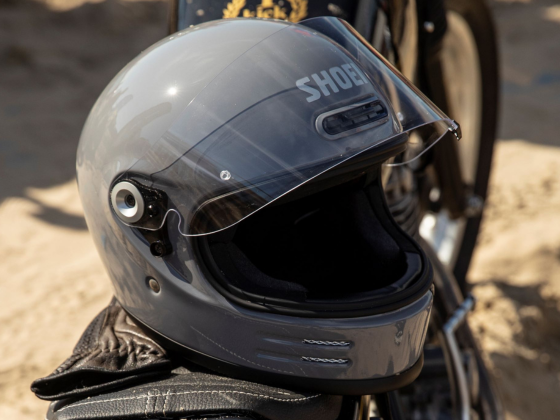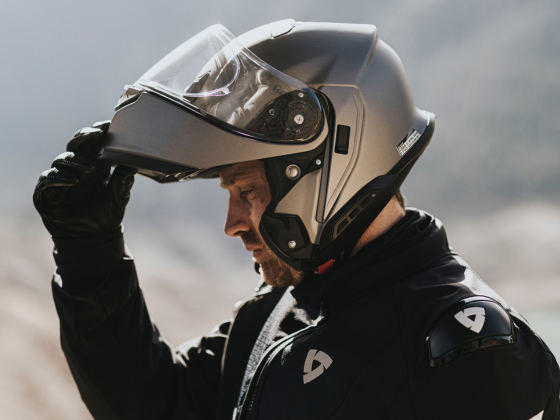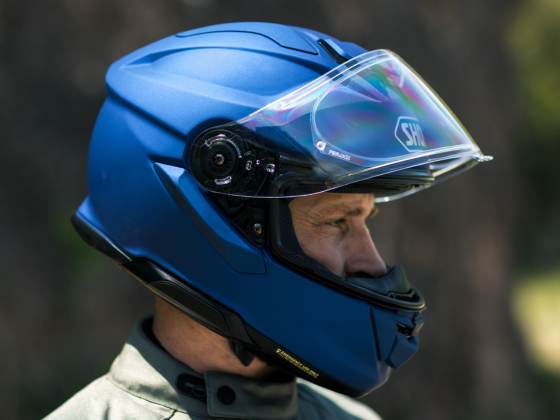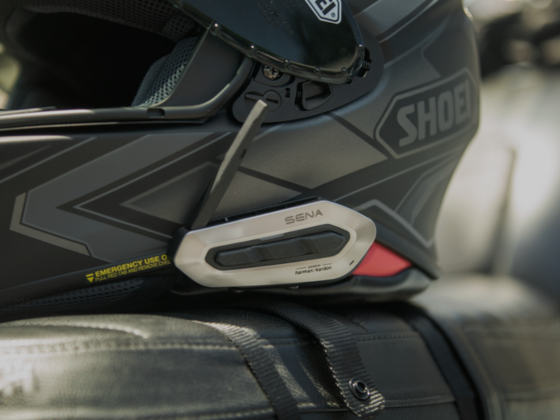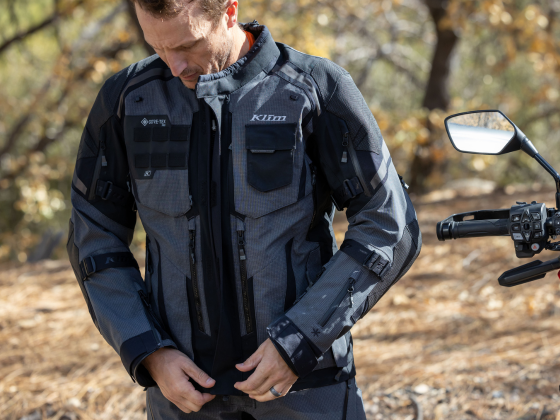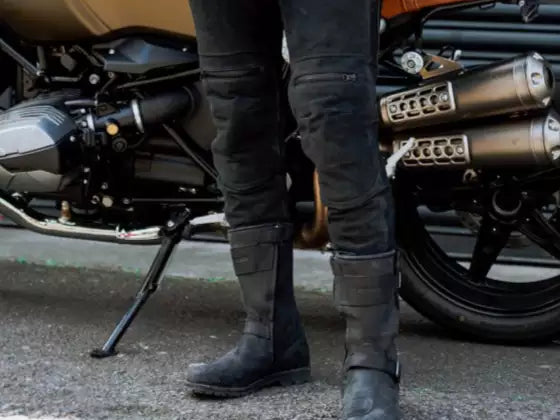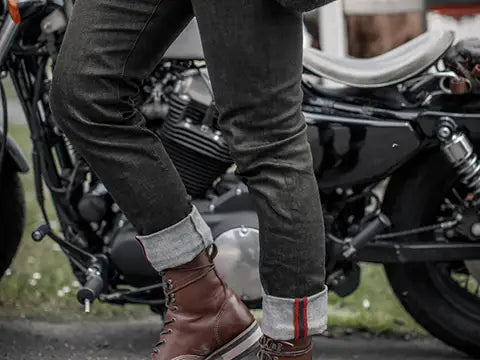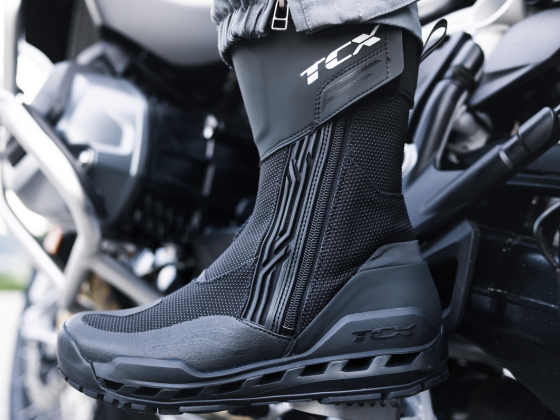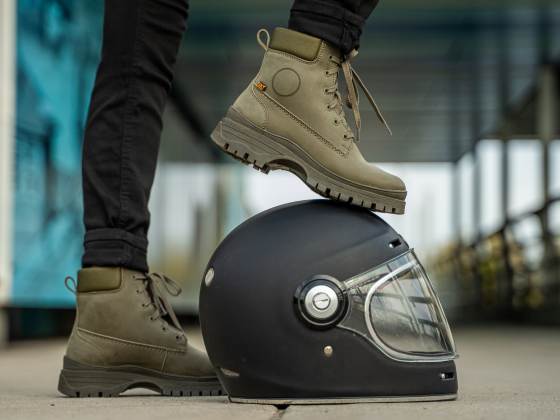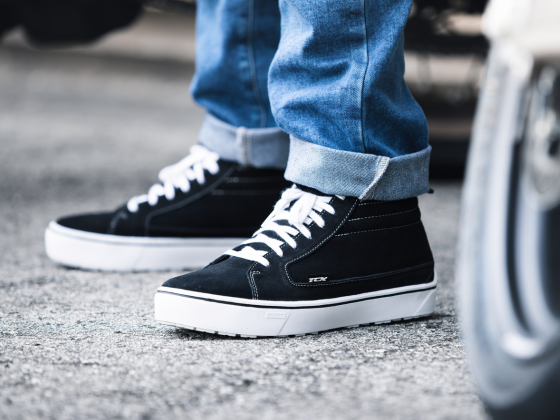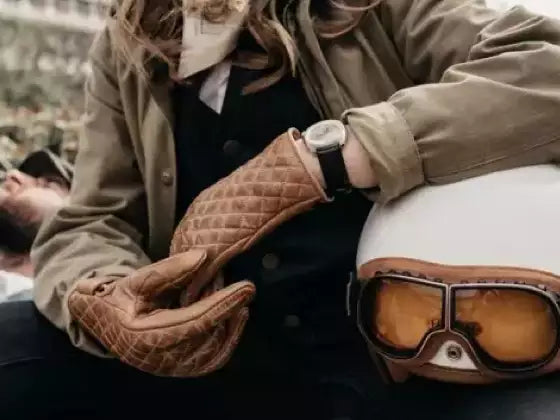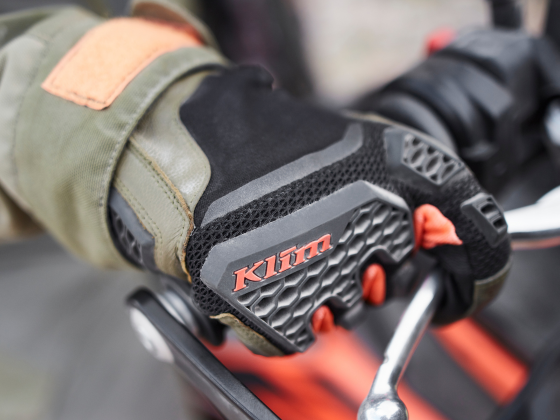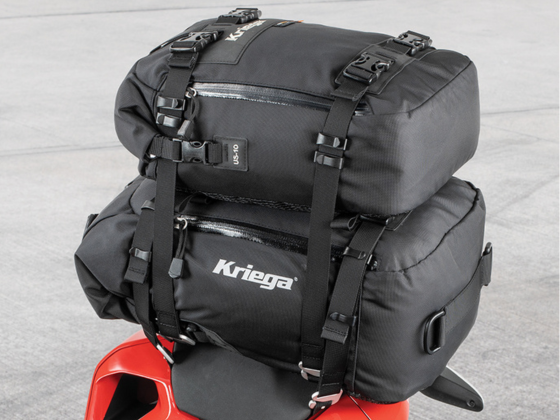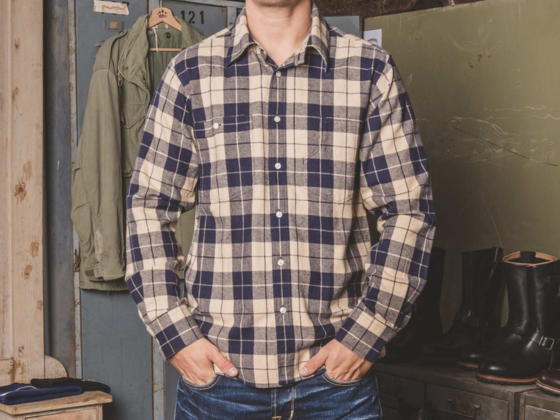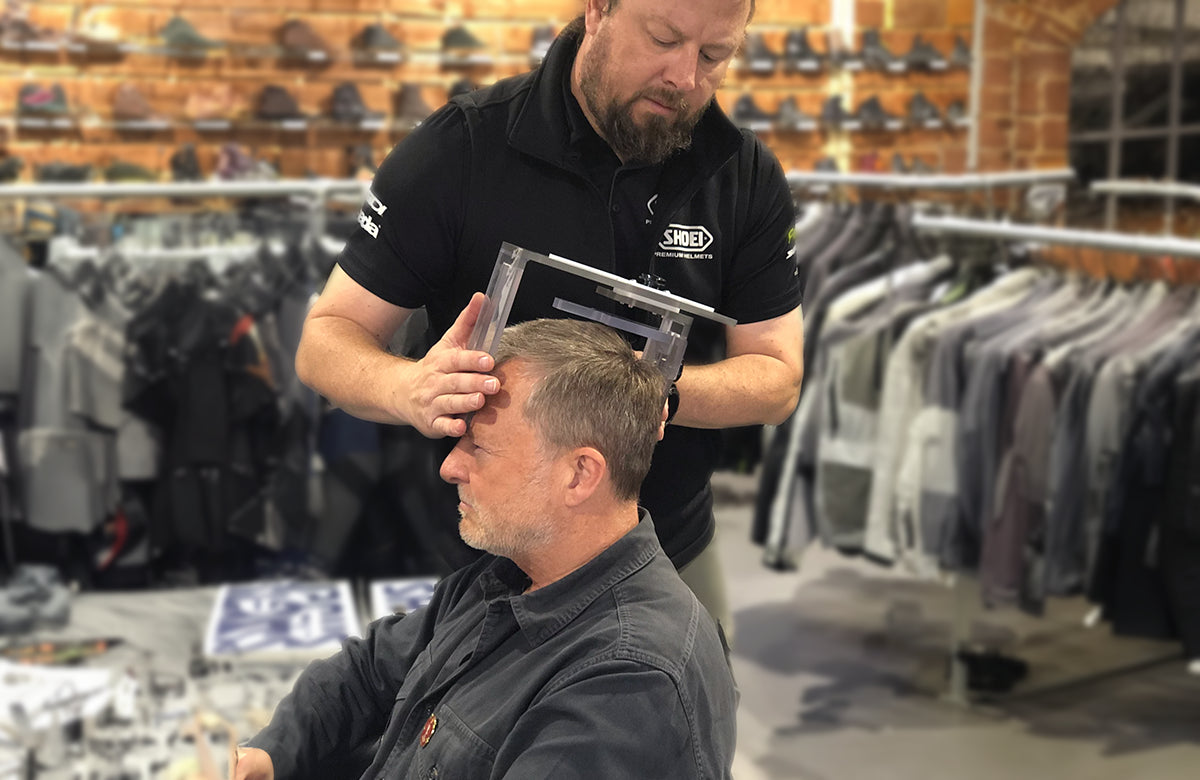Something we hear so often in store is “oh, I must have a odd shaped head”, as a response to our assessment of their head shape. The fact is we all have unique head shapes, just like we have unique finger prints. One size does not fit all.
So, let me try to explain, how head shapes vary and how that impacts on your helmet choice. To aid reading, I have tried to break it down in sections.
HEAD SHAPES:
Not only does the crown shape of your head vary, but the face shape varies, producing infinite combination. Researchers estimate that at least 25% of people are wearing the wrong size helmet and, in our experience, we would estimate around 75% of people are wearing the wrong shape of helmet. Not too surprising as most people have never had their helmet size and fit checked buy a competent person.
The examples below are extracts from a research paper produced by Simone Horlock of the Hohenstein Institute in Germany, where they 3D scanned 6000 heads of men woman and children to analyse the variations in head shape and then look at helmet fit.
In the example here, we look at a typical head measurement of 58cm. In Fig. 1. we can see that there is a significant difference in width and length. It can be seen clearly that a circumference measurement cannot be used alone to decide if a particular helmet will fit your head.


In these examples above, you can see the five basic head shapes resulting from the statistical evaluation of the 6000 scanned heads. As we move from round to oval, there is a steady increase in head depth of 0.4cm whilst seeing an decrease of 0.8cm in width.

The examples above demonstrate the variations of crown shape, for a set head measurement. But there are also two other factors to take into account. Face shape and the head vertical dimension.

The face shape will affect the fit of the cheek pads, a helmet that fits a oval face shape, will be loose on a heart shaped face and conversely one that fits a heart shaped face will be very tight on the round face. Loose cheek pads will allow your head to rotate within the helmet, restricting view when looking over your shoulder for example. A over tight fit will be uncomfortable, we are looking for a “snug” fit. It’s also worth noting that a helmet that does not fit the face well, will usually be noisy in use.
Finally, we need to take head height into consideration. An incorrect fitting helmet can also sit to high or too low on the head. Too high will bring the cheek pads up under the eyes and impair the field of vision. Too low will drop the top of the visor opening down onto the eyebrows, which for a person with glasses could put pressure onto the glasses frame.

HOW SHAPE EFFECTS FIT:
Now we have looked at the various head shapes, we can look at the side effects of putting the wrong shape helmet on your head. Please note that when I refer to the shape of the helmet, I’m referring to the internal shape, not the outside shape.
First we need to consider the crown circumference (distance around the edge), as can be seen in this diagram, where all three shapes from round to oval are the same size circumference. Although the shape changes, the circumference “head measurement” remains the same. A oval head in a round helmet interior will have pressure at the
back and front, with gapping at the sides. Predominantly you will feel pressure on the forehead. Conversely a round head in a oval interior will experience pressure at the sides, with gapping at the front and back.

At this point you might think “just go up a size”
If you go up a size, you introduce the following issues.
Round head, Oval interior will result in excessive space at the front and rear, which will allow your head to move excessively forward and backward. Forward movement could add to forward momentum and therefore increased impact energy in the event of a accident. The other effect will be a degree of peripheral vision loss.

The three drawings above demonstrate how a oversize helmet can reduce peripheral vision. Oversize can be defined in two ways. First what most people would term oversize as being a size small head in a size large helmet, which is correct, but there is also a problem when manufacturers produce a helmet in only one or two shell sizes. The manufacturer will create the range of head size fittings by using varying eps thickness.
The largest head size will have the absolute minimum thickness of eps and as head size reduces, the eps will be thicker to reduce the internal head size. As a result, the head will sit further back from the visor resulting in reduced peripheral vision.
Higher quality helmets will use multiple size shells, in some cases there is a shell size per head size, maintaining the optimal head position within the helmet.
DOWNSIDES OF A POOR FIT:
Safety – Helmet moves on head, often as you turn your head to look over your shoulder, there can also be a reduction of peripheral vison and worst of all, the possibility of the helmet coming of in an accident.
Discomfort - Often seen as pressure of the forehead, ears, side of head, or just overall discomfort.
Noise - Poor fitting helmets can often make a helmet noisy. One of the most common reasons for noise increase is down to a round shape helmet on a oval shaped head. The voids either side will increase noise. If there is gapping between your temples and or cheeks, the helmet will be much noisier than it would be with a good snug fit.
Comms Units – The sound level and quality from communication systems, can be adversely effect, especially when you have a oval head and round helmet combination. Apart from the ambient noise being higher, the speakers will be further away from your ears, often resulting in complaints that the volume cannot be turned up high enough and sound quality is rubbish. There is a simple solution, fit spacers behind the speakers to bring the speakers close to your ears and check that they are centred with your ears. Running at high volume will reduce sound quality, drain the battery and result in premature speaker failure.
P.F.S.
This is Shoei's Personal Fitting System, which takes customising helmet fit to a new level. For details, please see our P.F.S. news article.

